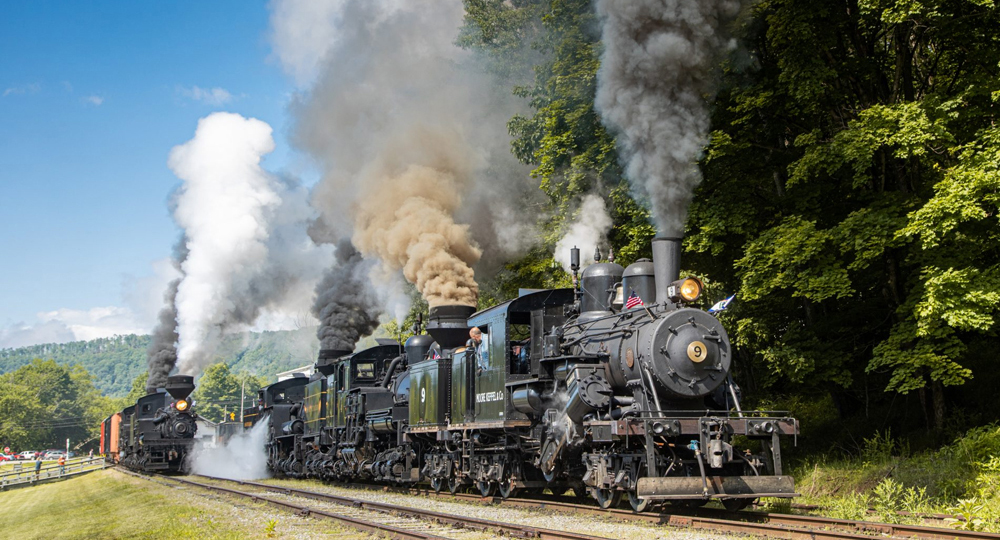
Compared to their traditional reciprocating rod-driven counterparts, geared steam locomotives can be seen as “oddballs” to the casual eye. They certainly fit that bill with their unique styles of running gear consisting of cylinders positioned at different angles and connected to the drive shaft through a series of gears to ultimately power every wheel […]
Read More…
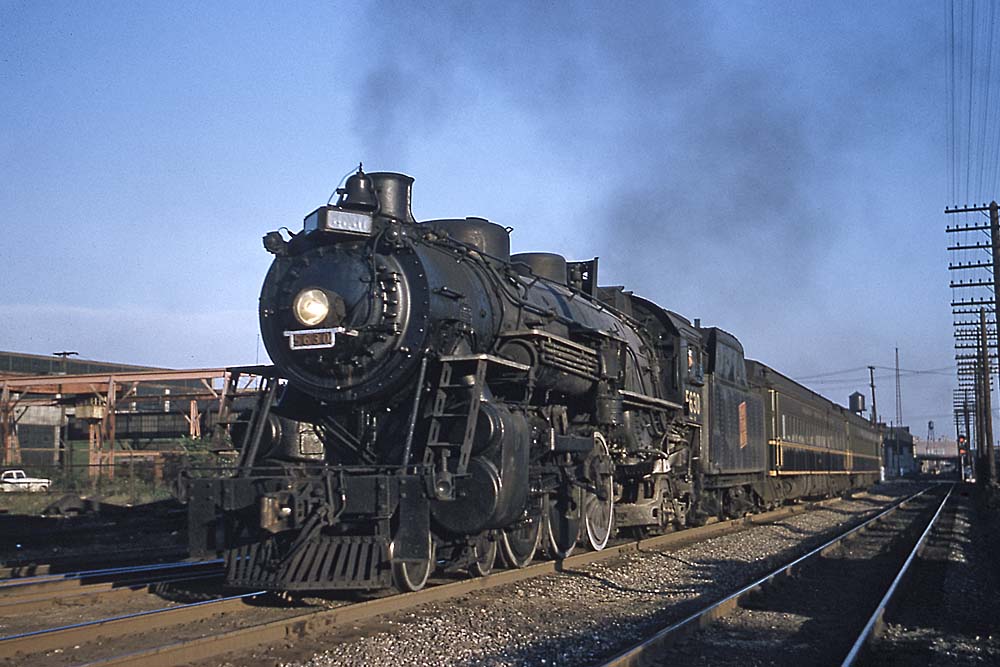
Grand Trunk Western steam provided a last look for many Midwest railfans. Despite having a large population with sizeable cities, Michigan has hovered just above the nation’s busy paths of commerce. Except for Detroit, the state tends to be out of sight, out of mind — no offense to Grand Rapids, the state’s […]
Read More…
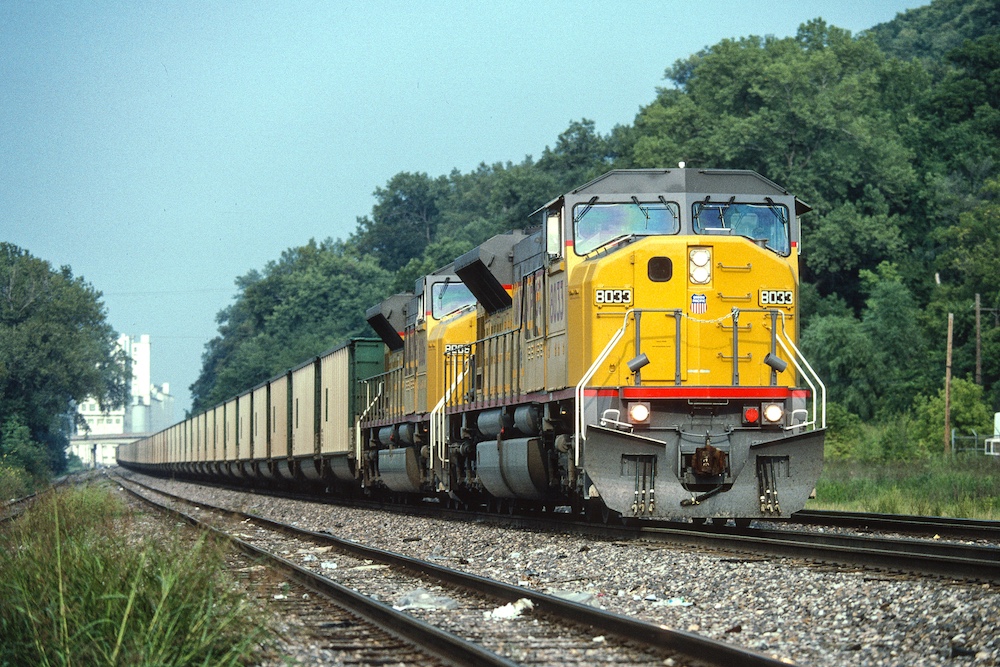
EMDs SD90MAC Convertibles were a product of the mid-1990s, when EMD and GE were in a horsepower race to produce the first 6,000 hp AC locomotives. EMD would offer the SD90MAC model which would feature a four-stroke 265H engine, with Union Pacific being the first customer to commit to the model long before the first […]
Read More…
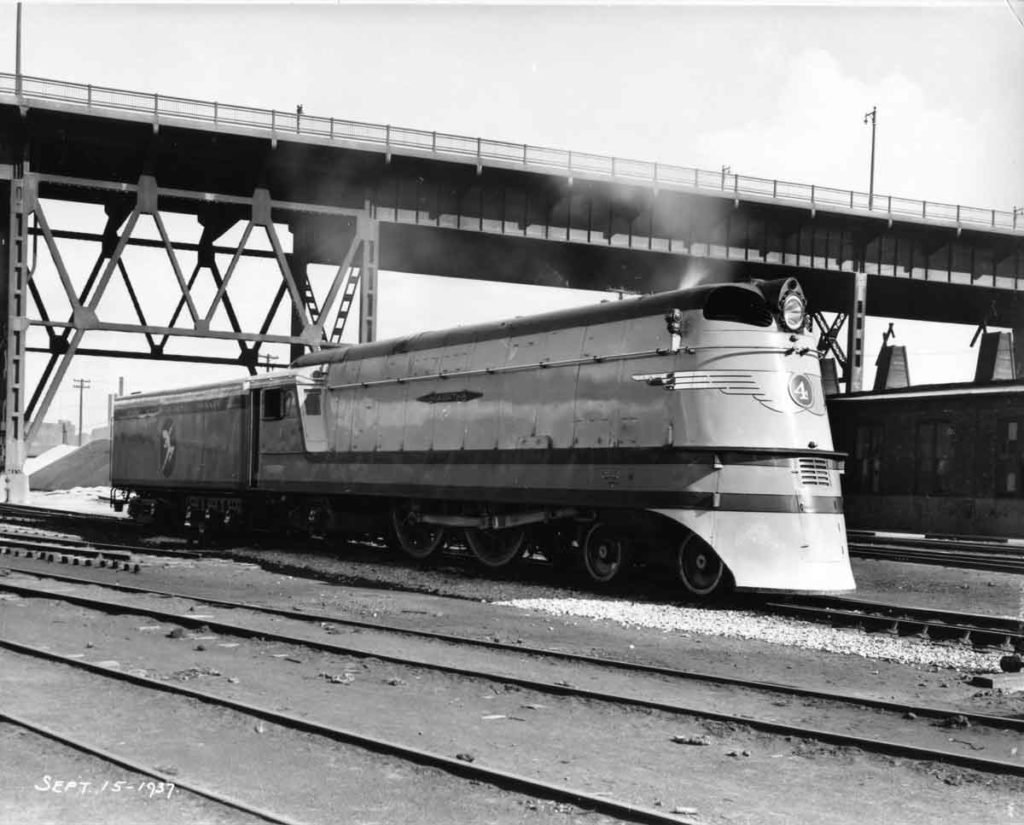
By 1935, it would have been sensible to consider the 4-4-2 Atlantic-type steam locomotive all but obsolete, at least insofar as new construction was concerned. In the U.S., the design could be traced back to the 1880s, and ultimately about 1,900 of the type were built. Its heydays were the years surrounding World War […]
Read More…

The decades-long effort to advance the design and technology of steam locomotives constantly circled back to the idea of “make it bigger.” Articulated engines took that notion and doubled it both figuratively and literally. The results were roughly 3,000-built machines of epic proportions with the strength and flexibility to haul either slow drags through mountainous […]
Read More…
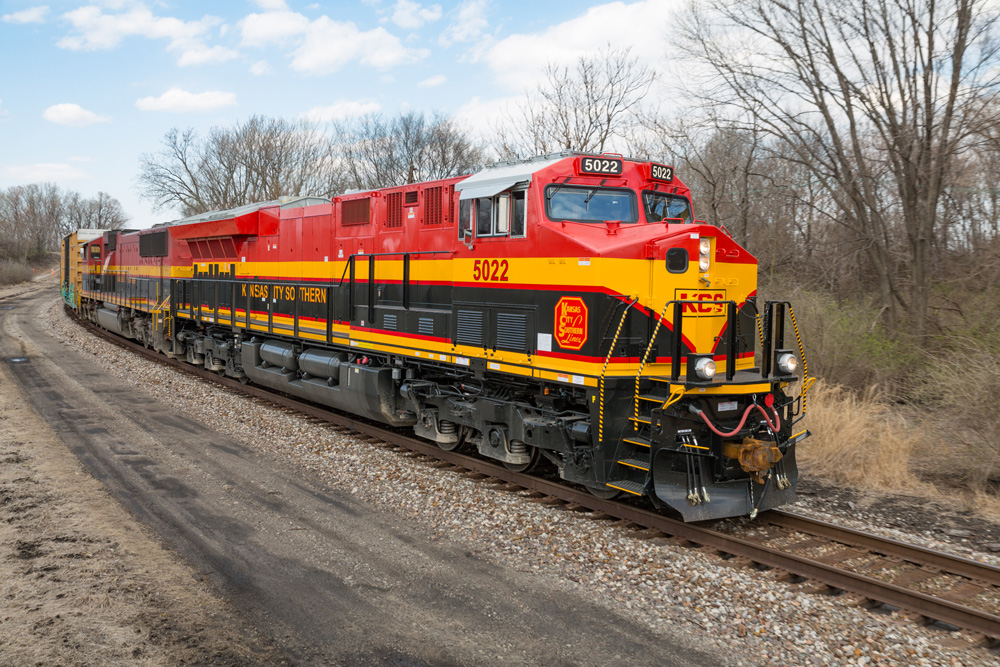
CPKC will receive some much-needed motive power help starting next year in the form of a 170-unit order of new locomotives from Wabtec. The railroad has been heavily spending on capacity work across its combined system to support new traffic and motive power has been in short supply to move tonnage across its network. The […]
Read More…
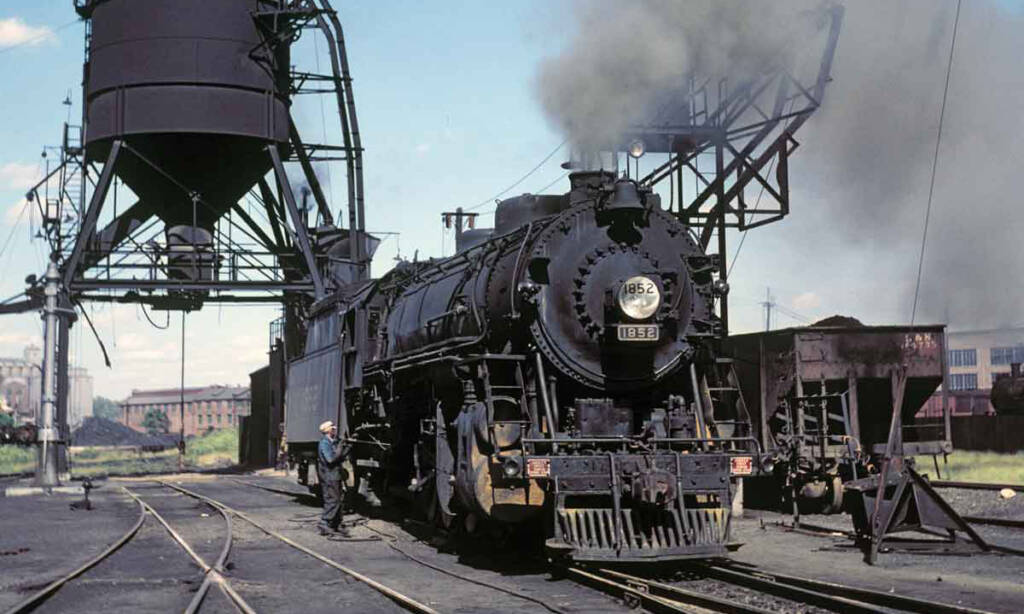
In general terms, America is not a country with great affinity for nationalization. The machinations of the American economy are diametrically opposed to the principles of nationalization. However, that doesn’t mean that the U.S. has never dabbled in the practice. The United States Railroad Administration (USRA) is an example. In the interest of clarity, I’ll […]
Read More…
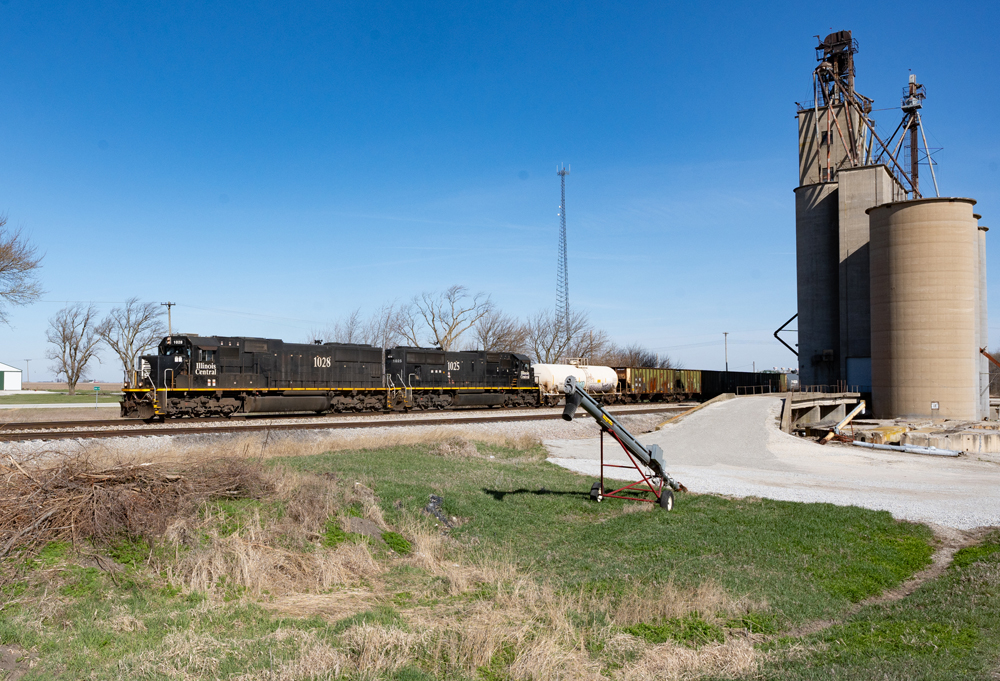
High-horsepower, six-axle road locomotives are generally regarded to be units making between 3,800 to 4,400 hp. Over the last four decades the horsepower output has steadily grown to the high end of this range for the majority of the North American locomotives built. When this threshold was first reached with EMDs SD60 at 3,800 hp […]
Read More…
Burlington Route diesel locomotives showed a strong loyalty to Electro-Motive Division, located in the online community of LaGrange, Ill. The Chicago, Burlington & Quincy was a diesel pioneer with its Zephyr passenger trains in the 1930s, and the railroad began dieselizing mainline freight trains with EMD FTs in 1943. The CB&Q continuing dieselizing with a […]
Read More…
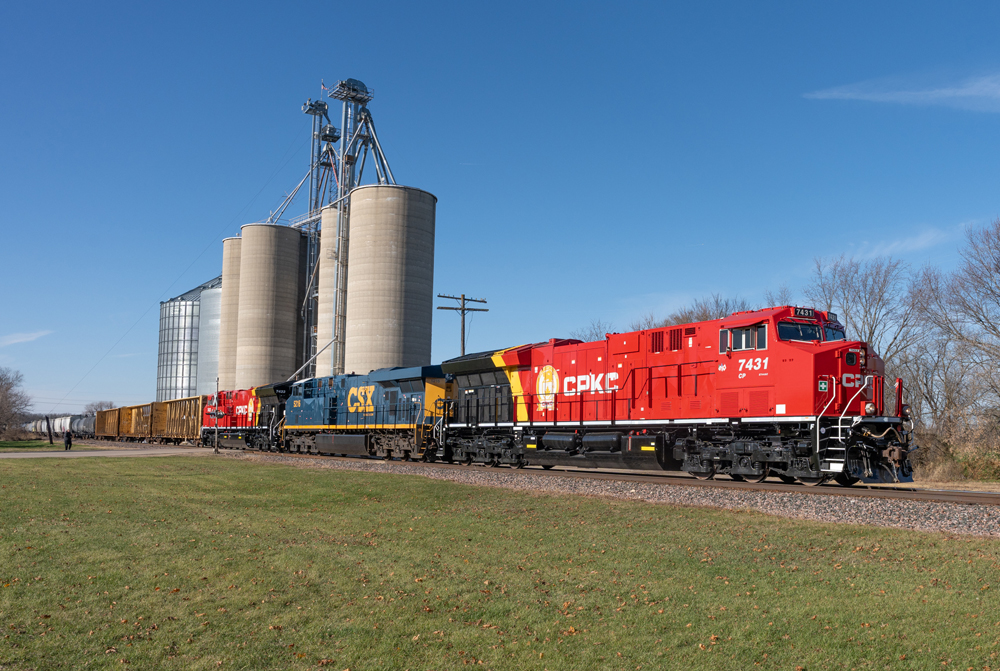
Just shy of two years after the CPKC merger, the Class I railroad has purchased its first “new” locomotives. The eight General Electric ET44ACs were originally an order for Baffinland Iron Mines located on Baffin Island in Canada. The new-build mine project to haul iron ore to seaport via rail has been delayed many times, […]
Read More…
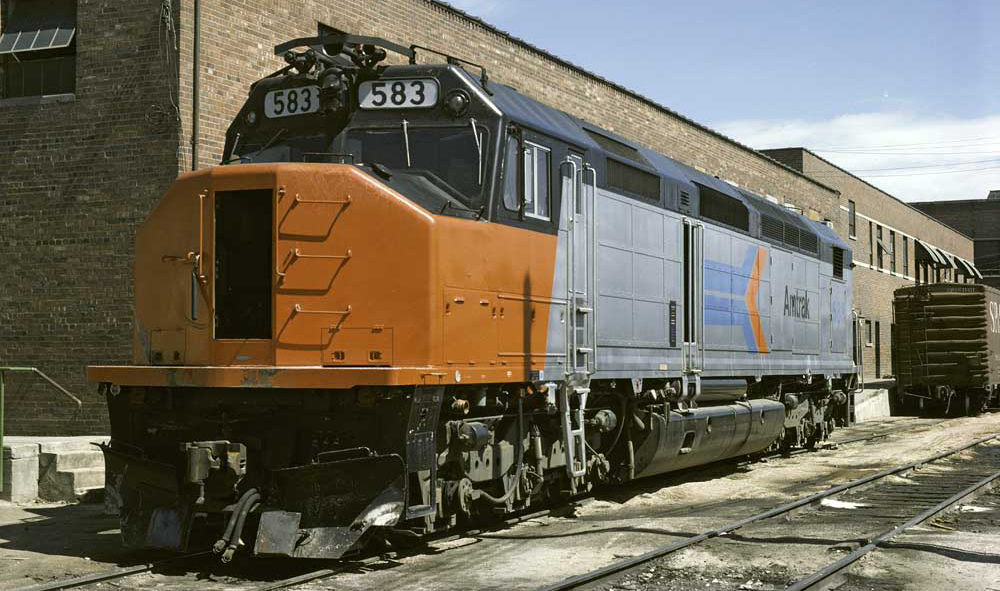
Amtrak SDP40F diesel locomotives were derived from the best-selling SD40-2 platform but were far from a success on their own. The SDP40F shared its 72-foot, 4-inch frame with the predecessor passenger unit FP45 from 1967. Internally, however, it was akin to a 3,000 hp SD40-2 with a steam boiler added. That should have been a […]
Read More…
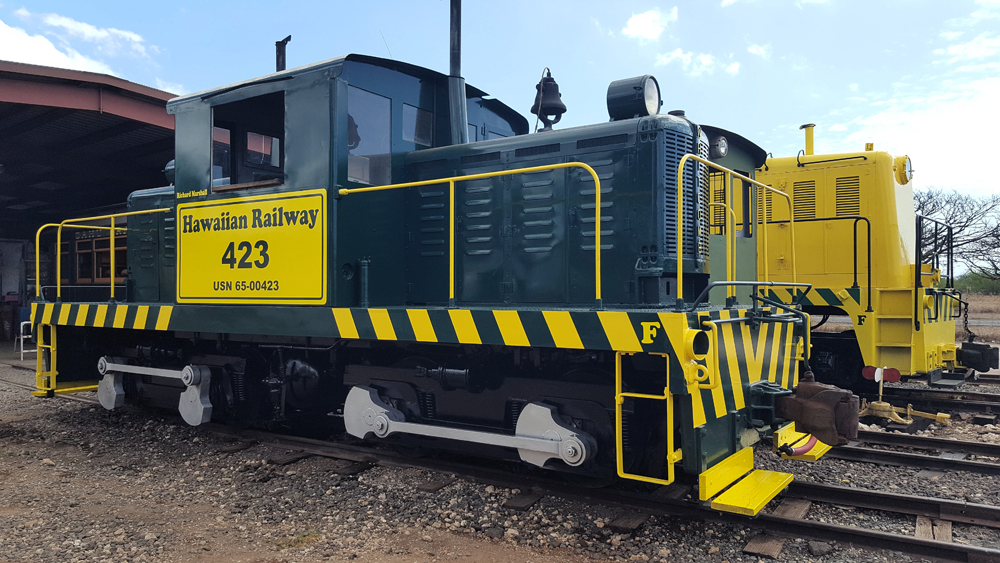
As railroad fans, we are in one form or another, closet historians. “The station used to be right there. You can still see the foundation if you look carefully,” we point out to neophytes to a particular area. “The railroad used to have a switcher based here to service the local industries. Today, there is […]
Read More…











